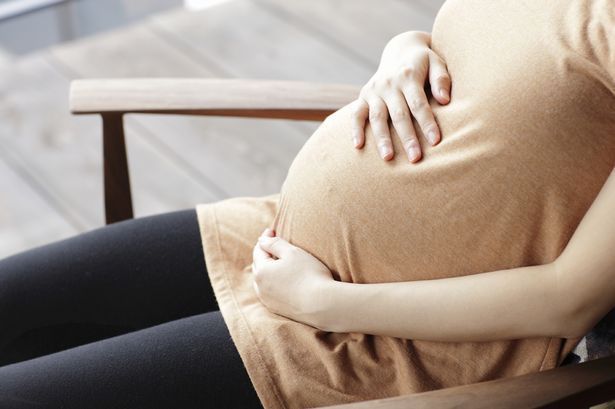Abortion statistics for England and Wales in 2016 were published this week. There were 190,406 abortions carried out in 2016, slightly lower than in 2015 (191,014). Of those women, 3,265 had an address in Ireland and 724 in Northern Ireland.
The abortion rate for residents in England and Wales is 16.0 every 1000 women aged 15-44, the same as 2015. The abortion ratio (number of abortions per 1000 live births) is 265.9. It was 261.3 in 2015. In other words, in England and Wales there is roughly one aborted baby for every four newborns.
Thirty-eight percent of abortions in 2016 were to women who had had one or more previous abortions. Ten years ago, the percentage was lower: 32%. Almost half of women aged over 35 who had an abortion in 2016 had had one or more terminations before.
Some figures are really shocking. Fifty-eight women already had eight or more abortions. Nineteen girls under 16 already had an abortion before and one other girl under 16 had two before. This means that at 15 she has had three abortions!
While in the last 10 years there has been a decline in women under the age of 25 having abortions, rates for over 25 have all increased, particularly for women between 30 and 34. When we consider marital status, 81% of abortions were carried out on single women and this is a constant through the years. Only 16% were married. In 2016, 54% were singles with a partner while this figure was much lower ten years ago (36%).
In 2016, 97% of abortions (180,794) were undertaken under ground C (physical and mental health of the mother). A further 2% were carried out under ground E (physical or mental abnormalities of the foetus), and a similar proportion (1%) under ground D (physical and mental health of other children in the family).
Grounds A and B together (risk to the life or permanent injury to the physical or mental health of the pregnant woman) accounted for very few abortions (246). Ground C abortions have consistently accounted for over 95% of abortions over the last 10 years. The vast majority (99.8%) of abortions carried under ground C were performed because of a risk to the woman’s mental health. There is no requirement for a doctor to perform any mental health assessment. The rest of the abortions on ground C (0.2%) were performed because of a risk to the woman’s physical health.
Let’s concentrate on figures regarding Ireland and Northern Ireland.
Of women who had an abortion in England or Wales, 3,265 gave an address in Ireland and 724 in Northern Ireland. This represents a decrease when compared with the 2015 figures, which were 3,351 and 833 respectively. Forty-three percent of Irish Republic residents were from county Dublin and 9% from Cork. Twenty-one percent had an abortion before and this represents an increase compared to last year (19%). Figures are similar for Northern Ireland: 22% (2016) and 18% (2015).
Fifty-one percent of those resident in the Republic were single with partner, 24.1% single with no partner and 4% single not stated. So, almost 80% were single while 19% were married and the rest separated, widowed or divorced. This shows once again how marriage hugely reduces the chances of someone having an abortion. As per Northern Ireland, 16% were married, 47% were single with partner, 28.2 single with no partner and 4% single not stated.
Over 95% of abortions on Irish women (3,118) were undertaken under ground C (physical and mental health of the mother). Taoiseach Leo Varadkar favours abortion on health grounds. We can see from this how permissively this ground is interpreted. A further 4.3% were carried out under ground E (physical or mental abnormalities of the foetus), and the rest (0.2%) under ground D (physical and mental health of other children in the family).
(In my next blog entry I will look at the abortion figures for Down Syndrome)
















